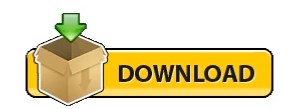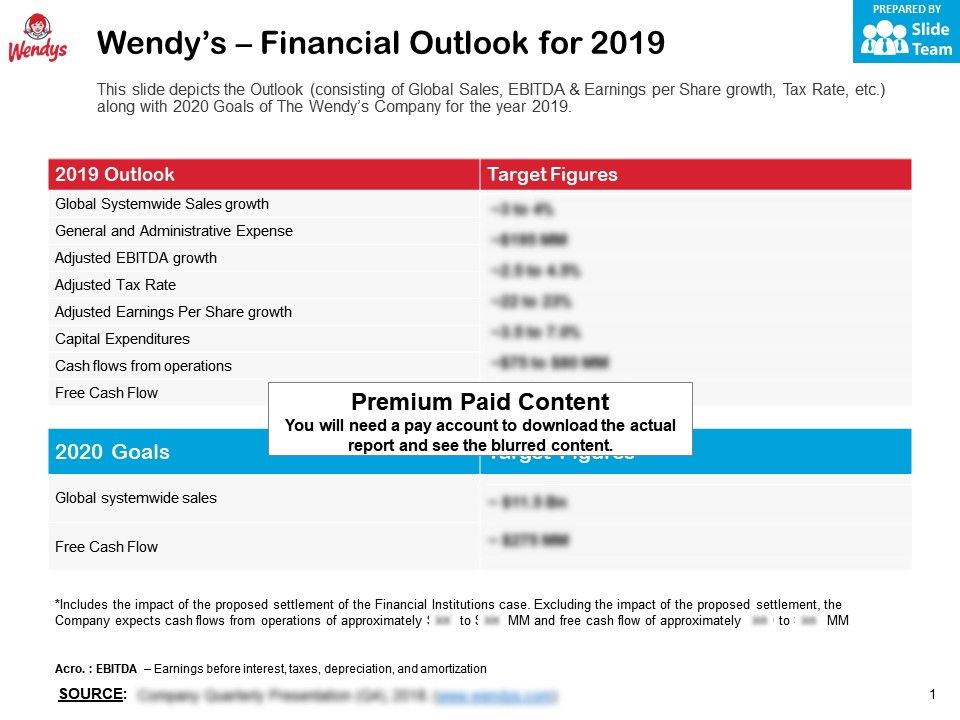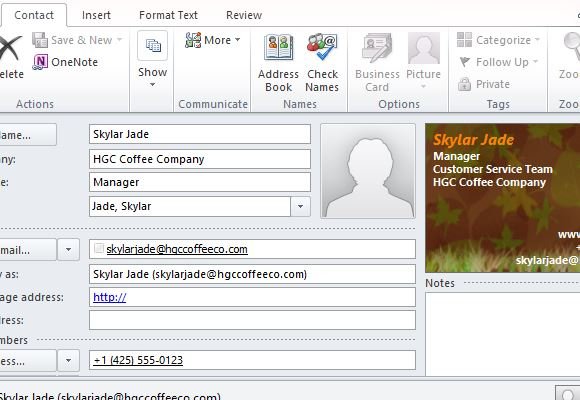

You can categorize these events by assigning different colors to them, allowing for a greater degree of organization. When you select the calendar icon in Outlook, it will take you to a separate tab where you can view upcoming events by day, work week, week or month. Outlook and Gmail make it easy to schedule appointments, remember important events and invite coworkers to meetings, thanks to their calendaring capabilities. Read Our Ultimate Guide to Office 365 vs. Gmail: CapabilitiesĪs part of the larger Microsoft Office 365 (O365) Business and Google Workplace (formally G Suite) workplace productivity and collaboration suites, Outlook and Gmail both offer access to a wide array of enticing features. Google takes a slight edge for its differentiation between read and unread messages, but Microsoft’s superior flagging feature brings them neck-in-neck again. By comparison, Gmail bolds the sender’s name and the subject for unread messages, as well as highlights the message in a lighter shade than read messages users can also designate important messages by simply starring them. Outlook distinguishes unread messages by writing the sender’s name and the subject in blue and enables you to flag important messages, which are then highlighted in yellow. As far as aesthetics are concerned, Google certainly earns points for creativity, though its staid design might make Outlook better suited to professional environments.īoth Outlook and Gmail’s user interfaces are intuitive and make it easy to stay on top of incoming mail. Compared to Outlook, Gmail users have the ability to customize the look and feel of their inbox by choosing from a number of predesigned themes, including autumn leaves, cityscapes and colorful bokeh. This design stands in direct contrast to Google’s schematics, Open Gmail, and you’ll see folders on your left, the inbox at dead center and a search bar resting at its crown. For its color palette, Microsoft opts for grayscale with splashes of bright blue - a design that is easy on the eyes, if a little conservative. Users have the ability to adjust the size of each panel and to open their selected message in a separate window but, beyond that, Outlook’s customization options are relatively limited.

Open Microsoft Outlook and you’ll be met with a standard three-panel setup: Folders, Inbox and selected message, all neatly arranged from left to right underneath a three-tabbed toolbar. Gmail for business comparison guide to help answer that question. So, given how highly lauded both of these services are, how do you choose which one is the right fit for your organization?

Outlook and Gmail - launched in 19, respectively - have set the standard for business communications and cornered the workplace email market. In the world of business-class email and calendaring services, there are many contenders, but two have risen above the fray: Microsoft Outlook and Google Gmail.


 0 kommentar(er)
0 kommentar(er)
